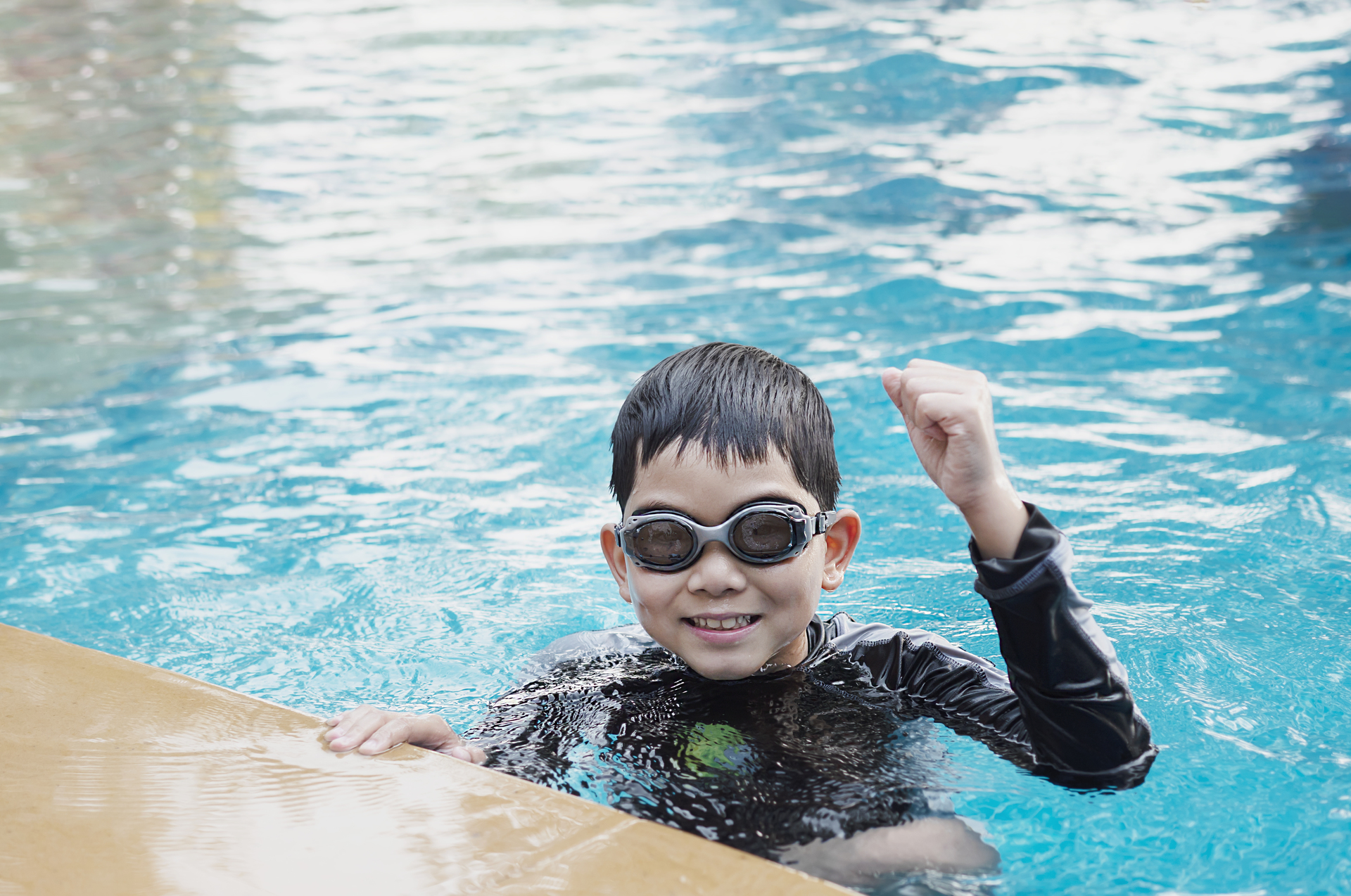Diving Into Success: Setting and Achieving Your Swimming Goals

Swimming is a powerful, full-body workout that offers numerous physical and mental health benefits. As swimmers, we continuously strive to improve our performance, whether we're aiming to compete, build stamina, or simply enjoy the water. Goal setting is an essential part of this journey, providing a roadmap to success and a way to track our progress. In this article, we'll explore how to set and achieve your swimming goals effectively.
Step 1: Reflect on Your Motivation
Before diving into specific goals, take a moment to reflect on your motivation for swimming. Are you aiming to increase your fitness level, compete in races, or simply enjoy the meditative benefits of the water? Understanding your motivation can help you set more meaningful goals that align with your personal values.
Step 2: Set SMART Goals
When setting goals, it's important to make them SMART:
- Specific: Clearly define what you want to achieve. For example, "I want to swim 100 meters freestyle in under 1 minute and 30 seconds."
- Measurable: Your goal should be quantifiable, allowing you to track your progress.
- Achievable: Set realistic goals that consider your current abilities and the time you have available for training.
- Relevant: Choose goals that align with your overall objectives and motivation for swimming.
- Time-bound: Establish a deadline for achieving your goal, which creates a sense of urgency and keeps you focused.
Step 3: Break It Down
Breaking your overall goal into smaller, manageable milestones can make it more achievable. For example, if your goal is to swim 1,500 meters in 30 minutes, start by aiming to swim 500 meters in 10 minutes, then gradually increase your distance and speed. This approach helps build your confidence as you see progress, while also allowing you to make adjustments as needed.
Step 4: Develop a Training Plan
A structured training plan is crucial for achieving your swimming goals. Consider the following when creating your plan:
- Frequency: How often will you swim? Aim for a balance between training and recovery.
- Intensity: Vary the intensity of your workouts to challenge your body and avoid plateaus.
- Technique: Incorporate drills to improve your technique, as this can significantly impact your performance.
- Cross-training: Include activities like strength training, yoga, or Pilates to complement your swimming and enhance your overall fitness.
Step 5: Monitor Your Progress
Regularly tracking your progress helps you stay motivated and focused on your goals. Record your times, distances, and perceived effort levels in a log or app. This data enables you to analyze your performance, identify areas for improvement, and celebrate your achievements.
Step 6: Seek Support
Surround yourself with a support network of coaches, teammates, or fellow swimmers who share your passion and can provide guidance, encouragement, and camaraderie. Joining a swimming club or enrolling in a swim class are great ways to find like-minded individuals.
Step 7: Embrace Flexibility
While it's important to stay committed to your goals, be prepared to make adjustments along the way. Injuries, illness, or unforeseen circumstances may require you to modify your training plan or even revise your goals. Embracing flexibility allows you to overcome setbacks and continue on your path to success.
Setting and achieving swimming goals is a rewarding process that can enhance your performance, boost your confidence, and deepen your love for the sport. By following these steps and staying committed to your objectives, you'll be well on your way to diving into success.